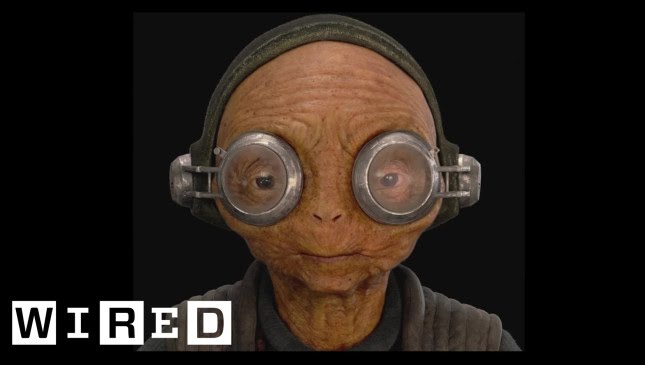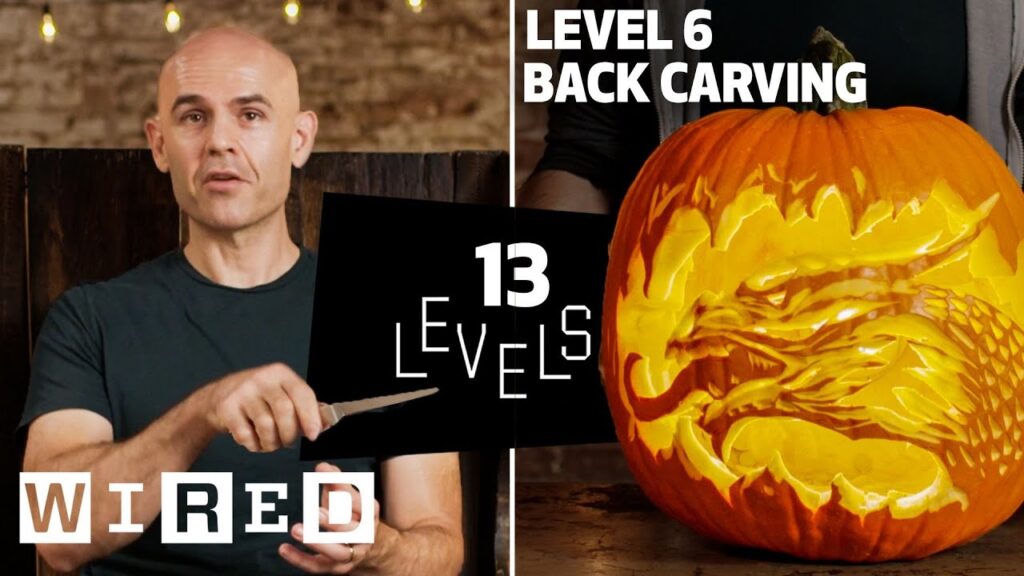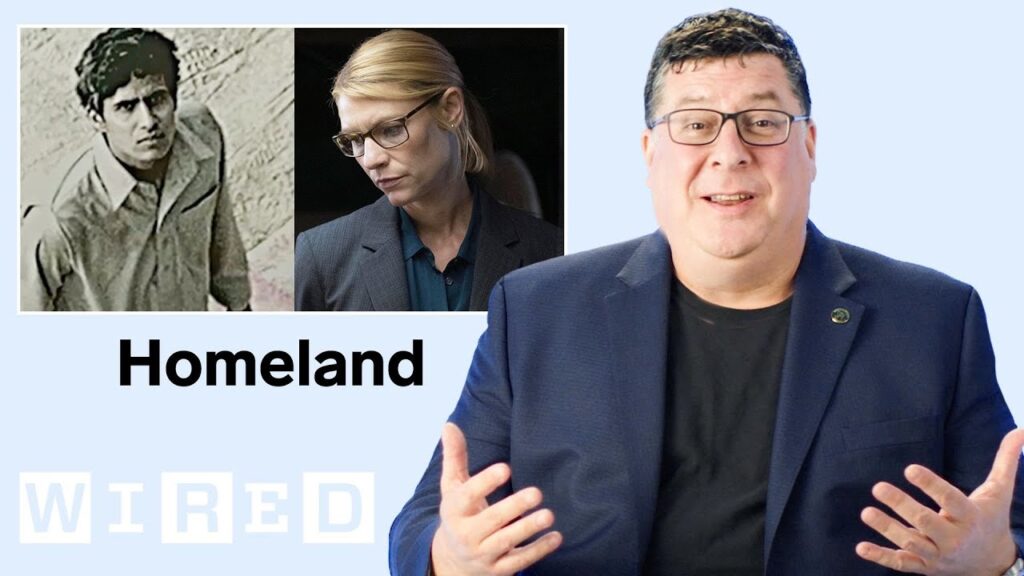Zero-Knowledge Proofs: A Bizarre but Powerful Concept
Summary
In this article, we explore the concept of zero-knowledge proofs, a method for proving a statement’s truth without revealing any additional information beyond the statement’s truth. We discuss their mathematical properties, applicability to various scenarios, and their usage in blockchains and cryptocurrencies. We also provide a simple example of finding a hidden puffin in a photo and explain how zero-knowledge proofs can be used for security purposes.
Table of Contents
- What are Zero-Knowledge Proofs?
- How do Zero-Knowledge Proofs Work?
- Zero-Knowledge Proofs in Practice
- Conclusion
What are Zero-Knowledge Proofs?
Zero-knowledge proofs are a way to prove something without revealing all the information. They are often used in situations where trust is an issue, such as exchanging secret messages with someone you’ve never met before. The idea is to prove the statement’s truth without revealing any information about why it is true, which may seem bizarre.
How do Zero-Knowledge Proofs Work?
Zero-knowledge proofs can be demonstrated through a simple example of finding a hidden puffin in a photo. The prover knows where the puffin is but wants to prove it to the verifier without revealing the puffin’s location. The prover can achieve this by asking the verifier to choose a random point on the photo, and the prover will then reveal whether the puffin is to the left or right of that point. This process can be repeated multiple times, increasing the verifier’s confidence in the proof without revealing any additional information.
Zero-knowledge proofs can also be used for security purposes, such as logging into a computer without revealing the password to potential hackers. The idea is to prove the statement’s truth without revealing any information about why it is true.
Zero-Knowledge Proofs in Practice
Zero-knowledge proofs are being implemented in the blockchain space. They have amazing mathematical properties and applicability to many scenarios. They can be used to solve NP complete problems, which are very difficult to solve but have many practical applications.
An NP complete problem called map three coloring can be used to provide a zero-knowledge proof for a statement, such as having a certain amount of bitcoins in an account, without revealing the account’s address. The problem involves creating a map of countries that can be three colored without any countries sharing a border with the same color. The prover erases the colors and asks the verifier to randomly choose two neighboring countries to reveal their colors. This process can be repeated multiple times, increasing the confidence of the proof without revealing any additional information.
The broader implications of zero-knowledge proof are not related to efficiency but rather to proving things without revealing secrets. For example, a prover can prove that they signed an encrypted document correctly without revealing the document’s contents.
Conclusion
In conclusion, zero-knowledge proofs are a bizarre but powerful concept that can be used to prove a statement’s truth without revealing any additional information beyond the statement’s truth. They have amazing mathematical properties and applicability to many scenarios, including blockchains and cryptocurrencies. The broader implications of zero-knowledge proofs are not related to efficiency but rather to proving things without revealing secrets.







